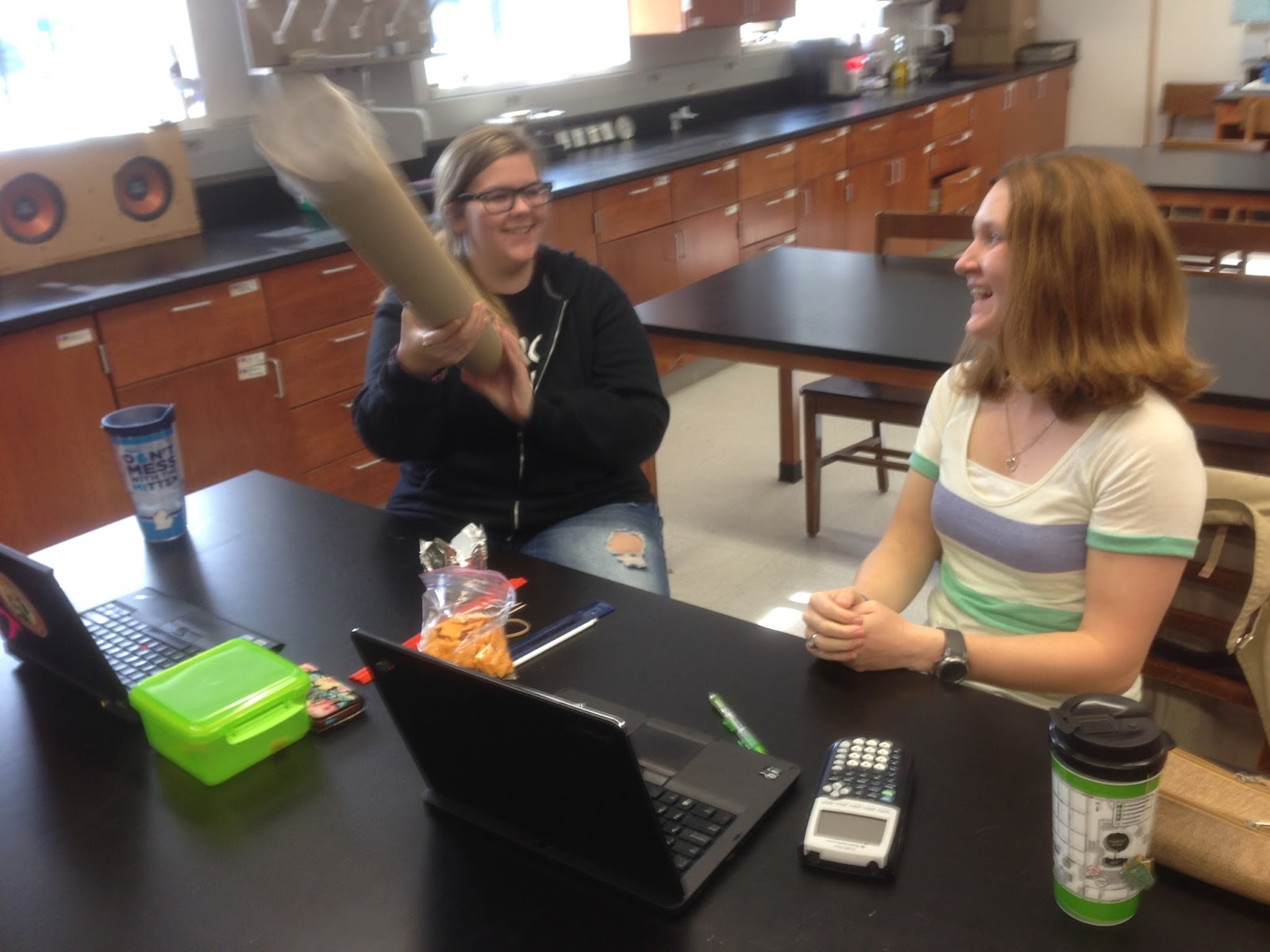Flying model rockets is a relatively safe and inexpensive way for students to learn the basics of forces and the response of a vehicle to external forces. A model rocket is subjected to four forces in flight; weight, thrust, and the aerodynamic forces, lift and drag. There are many different types of model rockets. The first and simplest type of rocket that a student encounters is the compressed air, or stomp rocket. The air rocket system consists of two main parts, the launcher and the rocket.
http://exploration.grc.nasa.gov/education/rocket/rktstomp.html
http://makezine.com/projects/make-15/compressed-air-rocket/
http://makezine.com/projects/make-compressed-air-rockets-kit/
https://www.kickstarter.com/projects/1428780902/launch-something-air-rocket-toys-from-airrocketwor
Altitude Tracking
TOPIC: Altitude tracking
OBJECTIVE: To use geometry to find the altitude of model rockets
DESCRIPTION: In this activity, students construct simple altitude tracking devices that are used to measure the angle a rocket reaches above ground, as seen from a remote tracking site. The angle is drawn on a graph and the altitude is read from a scale.
EDITED BY: Roger Storm, NASA Glenn Research Center
http://exploration.grc.nasa.gov/education/rocket/TRCRocket/altitude_tracking2.html
http://exploration.grc.nasa.gov/education/rocket/rkthowhi.html
How to Measure Model Rocket Altitude
C.H. Seman
Sitting before you is a model rocket of your very own design. Everything from the rocket fuselage to the parachute was designed by you and you couldn't be prouder. The custom paint job turned out better than expected and the shining exterior brings a tear to the eye. To quote Keats, "a thing of beauty is a joy forever." The finished rocket is a wonderful testament to your prowess as a model rocket enthusiast.
http://www.hobbizine.com/rocketaltitude.html





























































